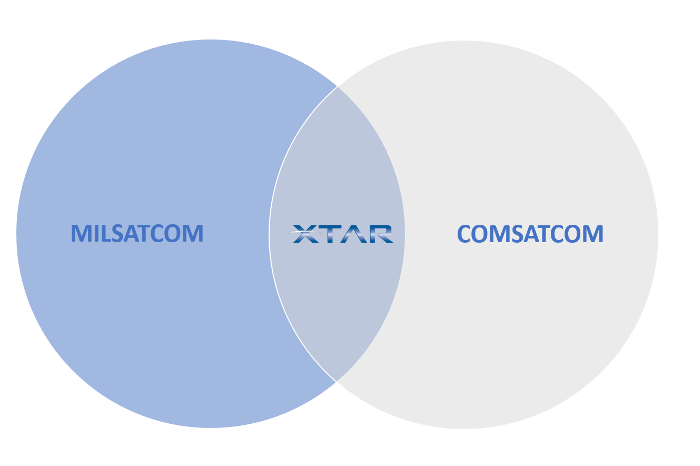Understanding Hybrids

The human brain has a need to categorize. Learn about a new company, person or concept and chances are, you will attempt to place it into a category in your mind where you think it belongs. (Is it a bird? Is it a plane?) Perhaps it is the best way that we organize our thoughts to break things into simpler terms. When you encounter something unique that does not fit into one of your already preset categories, it makes it difficult to immediately comprehend and in your need to understand it, you might slate it for the wrong category, just to get it filed away.
Often, when new terms or ideas arise, if we can’t categorize them, we simply create new words to describe them. In the technical world we have malware (combination of malicious and software), bionic (combination of biology and electronic) and in our everyday lives, we’ve created words like frenemy (a friend who acts like an enemy) and infomercial (an ‘informative’ segment which is actually a commercial).
In our industry, the terms MILSATCOM and COMSATCOM are thought of as two distinct categories in which each has its own separate set of characteristics as shown below.

Much of the discussion nowadays centers around how to best employ a combination, utilizing the best of both worlds to meet military and government communication needs around the globe. But in reality, there is already a hybrid, or a third category between these two; XTAR. Its position is unique and therefore sometimes presents confusion and mislabeling. And its offering doesn’t have a nifty combination word as described in the examples above. In fact, the closest we’ve come is describing this middle category as “MILSATCOM-compatible COMSATCOM”. A bit of a mouthful, eh?
So let us take the approach that a picture is worth a thousand words. As the classic Venn Diagram celebrates its 140th anniversary this year, we thought it best to use this to help demonstrate where XTAR capacity resides:

Simple diagram to show a simple concept. XTAR is a commercial satellite operator that provides services for use by the government and military, as the X-band frequency is reserved for their use ONLY. The benefits of using a military frequency are well known. The benefits of leasing your own satellite capacity from a commercial provider are also abundantly clear.
While it’s not easy to put XTAR in a category you may be familiar with, it does have its own unique position; at the nexus where MILSATCOM and COMSATCOM meet, ready to assist at a moment’s notice. So back to the category question – how about ‘Commercially Available X-band’?
Do you understand where XTAR fits? For more clarification, contact us today.